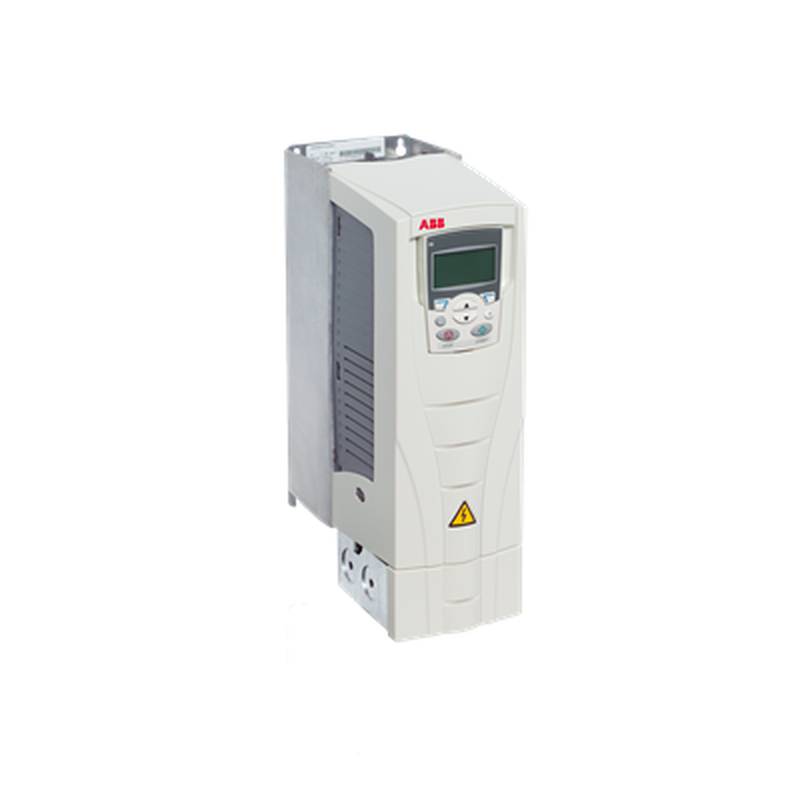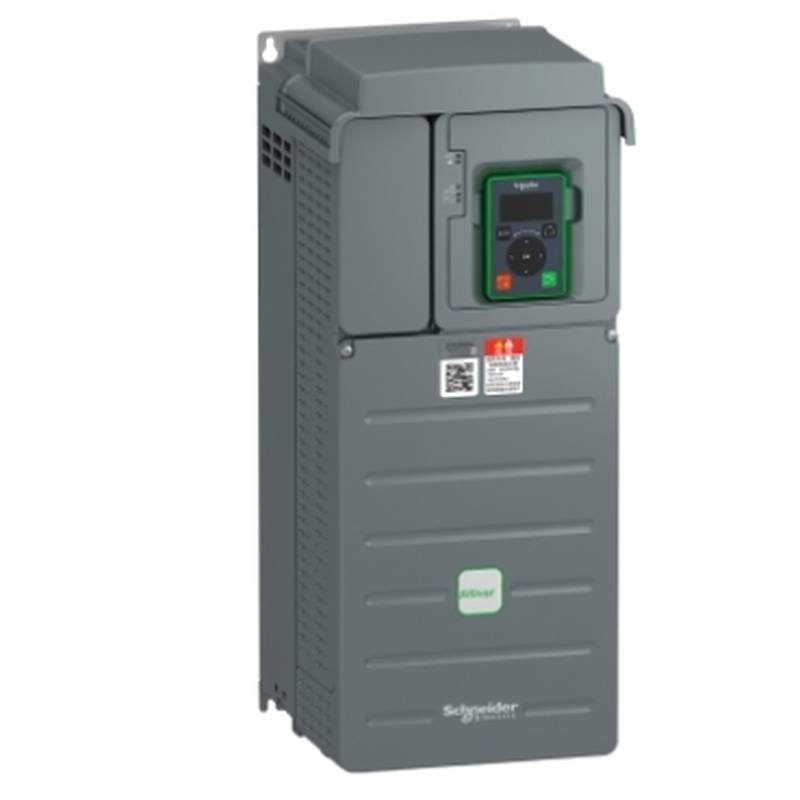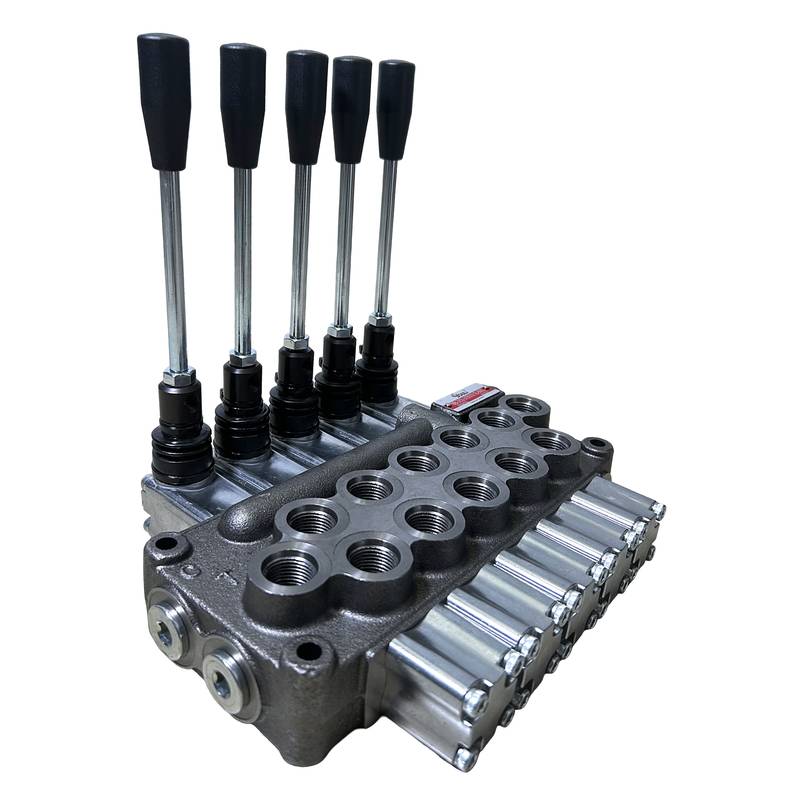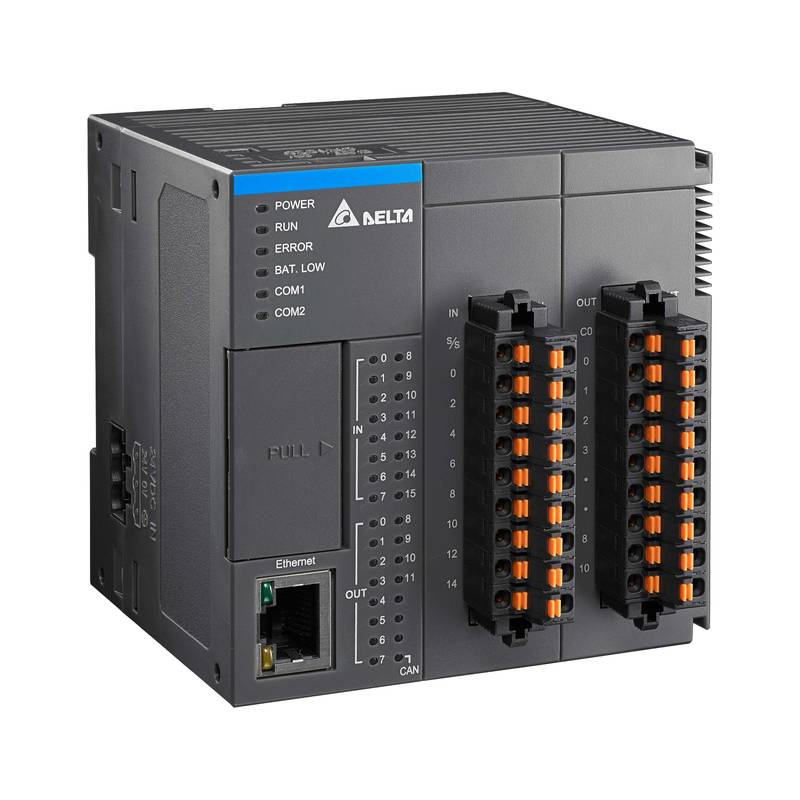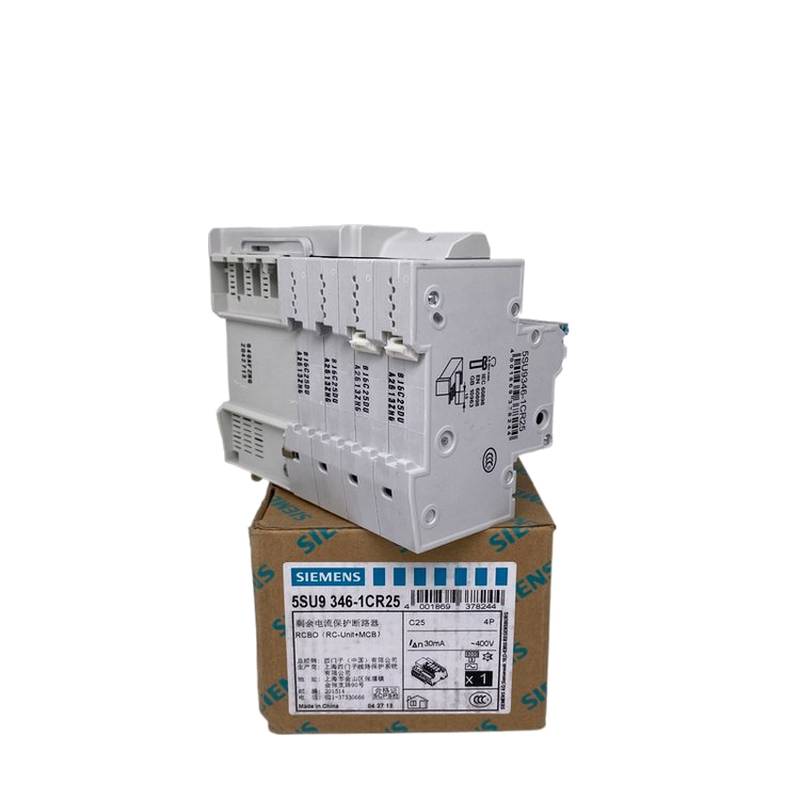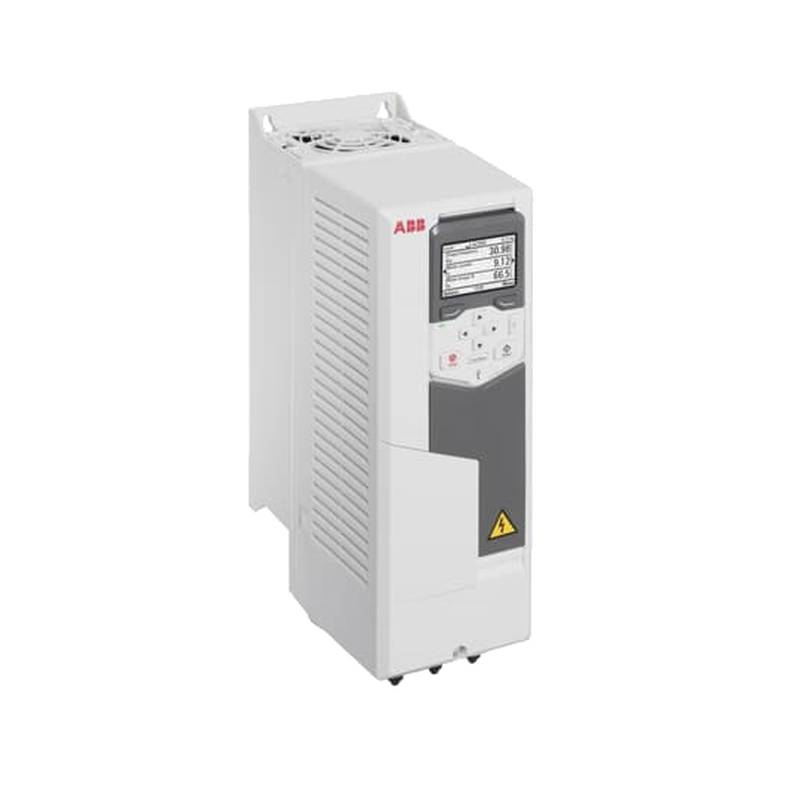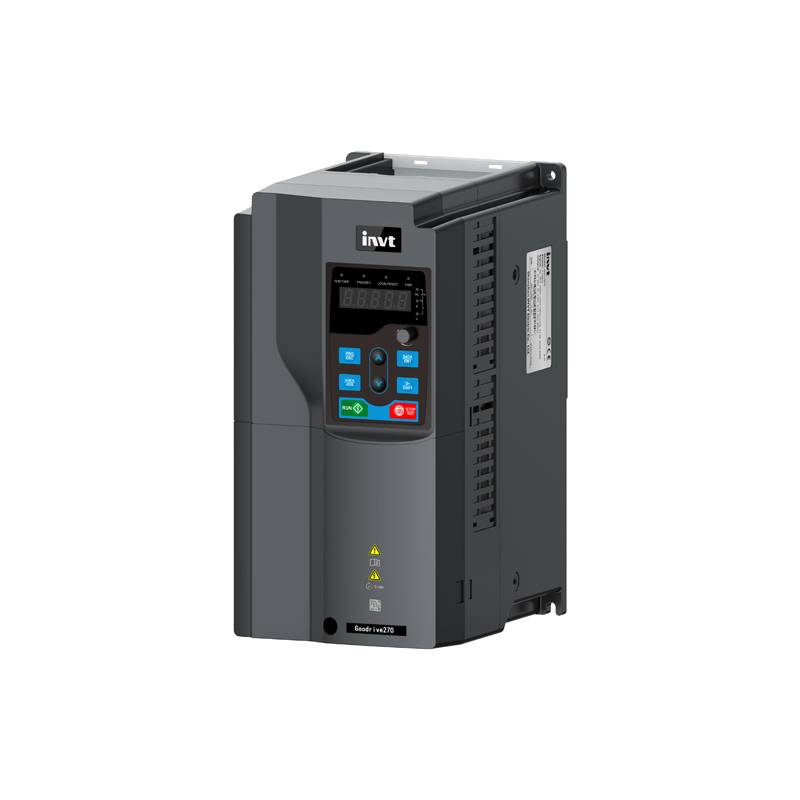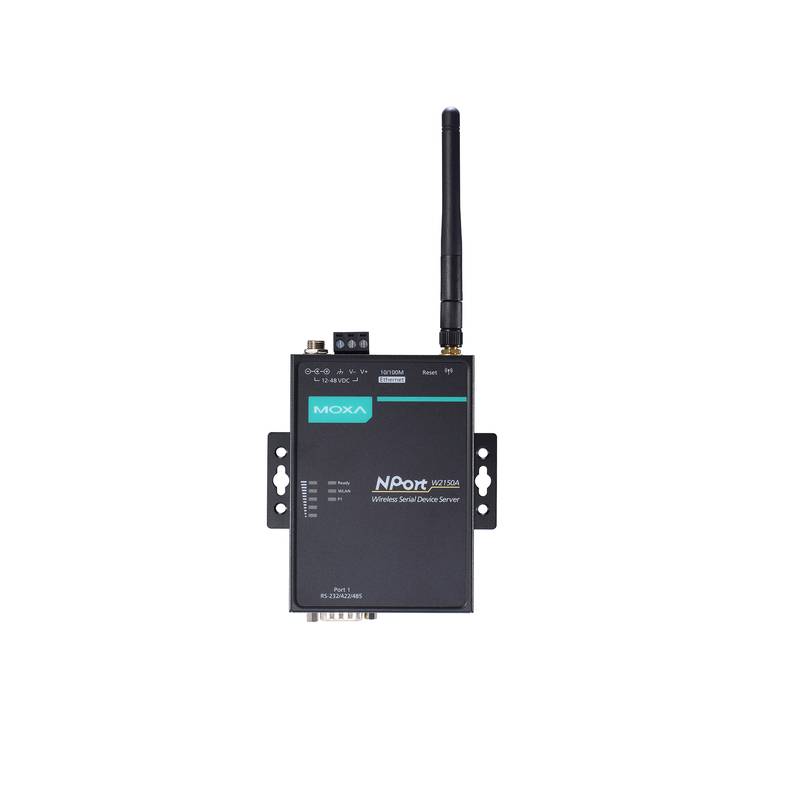
The ABB ACS510-01-072A-4 is a robust and versatile industrial Variable Frequency Drive (VFD) engineered for demanding applications requiring precise motor control and energy efficiency. This drive stands out for its intuitive user interface, compact design, and extensive feature set, making it a compelling choice for a wide array of industrial processes. Key advantages include significant energy savings through advanced motor control algorithms, enhanced process control leading to improved productivity, and reduced mechanical stress on equipment due to smooth acceleration and deceleration. With a rated current of 72A and a supply voltage range of 380-480V, the ACS510-01-072A-4 is designed for high-power applications. Its integrated features, such as a built-in brake chopper and a user-friendly control panel, simplify installation and operation.
Product Specifications
| Feature | Specification |
| :---------------------- | :--------------------------------------------- |
| Model | ACS510-01-072A-4 |
| Rated Output Current | 72 A |
| Supply Voltage | 380-480 V |
| Power Rating (approx.) | 37 kW / 50 HP |
| Frequency Output | 0-500 Hz |
| Protection Class | IP21 (Standard), IP54 (Optional) |
| Dimensions (H x W x D) | 536 x 226 x 253 mm (approx.) |
| Ambient Temperature | -10 to +40 °C (Standard), +50 °C with derating |
| Control Method | V/Hz, Flux Vector Control |
| Braking Unit | Integrated Brake Chopper |
| Communication Options | Fieldbus adapters (e.g., Modbus, Profibus) |
Core Features & Market Positioning
The ABB ACS510-01-072A-4 distinguishes itself in the industrial VFD market through its robust construction and advanced control capabilities. Its integrated brake chopper is a significant advantage, simplifying system design and reducing external component costs for applications requiring dynamic braking. The drive’s flexible programming options and compatibility with various fieldbus protocols allow for seamless integration into existing automation systems, enhancing its appeal for retrofitting and new installations alike. ABB's strong reputation for reliability and longevity further bolsters the ACS510's market position as a dependable solution for critical industrial operations where downtime is not an option. Its user-friendly interface minimizes commissioning time and simplifies operator interaction, catering to both expert engineers and plant personnel.
Key Application Scenarios
The versatility of the ABB ACS510-01-072A-4 makes it suitable for a broad spectrum of industrial applications. It is frequently deployed in pump and fan control, where its precise speed regulation leads to substantial energy savings by matching motor output to system demand. In material handling systems, such as conveyors and elevators, the drive ensures smooth starts and stops, reducing mechanical stress and improving operational efficiency. The ACS510 is also a robust choice for mixers, crushers, and other general machinery in industries like food and beverage, water and wastewater treatment, and HVAC, where reliable and efficient motor operation is paramount. Its ability to handle high starting torques and operate in challenging environmental conditions further broadens its applicability.
Practical System Integration Guidance
Integrating the ABB ACS510-01-072A-4 into an industrial system involves careful consideration of wiring, programming, and environmental factors. Ensure the power supply is correctly phase-aligned and meets the specified voltage and frequency requirements. For motor connections, use shielded cables to minimize electromagnetic interference, especially in environments with significant electrical noise. The drive's control terminals allow for flexible input/output configuration; typically, digital inputs are used for start/stop commands and speed selection, while analog inputs can be used for process value feedback or speed setpoints. Parameter programming is crucial for optimizing performance. Key parameters to configure include motor data (e.g., nominal voltage, current, frequency, speed), acceleration and deceleration ramps, and desired control method (V/Hz or Flux Vector). For applications requiring braking, ensure the integrated brake chopper is enabled and correctly sized if an external brake resistor is utilized. Always consult the official ABB ACS510 manual for detailed wiring diagrams and parameter descriptions specific to your application.
Operation and Risk Mitigation
Proper operation of the ABB ACS510-01-072A-4 is essential for maximizing its lifespan and ensuring system safety. Always follow the recommended startup procedures outlined in the user manual. During operation, monitor motor temperature and drive status through the control panel or connected systems. Common troubleshooting scenarios often involve motor overload faults, which can be mitigated by verifying motor nameplate data against drive parameters, ensuring correct motor sizing for the application, and checking for mechanical issues in the driven equipment. An under-voltage fault may indicate issues with the power supply or cabling. Over-current faults often point to rapid acceleration settings that are too aggressive or a motor operating beyond its capacity. Referencing the drive's fault code list in the manual is critical for diagnosing specific error conditions. Ensure all personnel operating or maintaining the drive are adequately trained on VFD safety protocols, including lockout/tagout procedures, to prevent accidental energization.
Scalability & Long-Term Value
The ABB ACS510-01-072A-4 offers significant long-term value through its scalability and integration capabilities. Its modular design allows for the addition of optional communication modules, enabling seamless connectivity with various industrial networks such as Modbus, Profibus DP, DeviceNet, and Ethernet/IP, which is crucial for adopting Industry 4.0 principles and IIoT integration. This ensures that the drive can be easily incorporated into centralized control systems and data acquisition platforms. Furthermore, ABB's commitment to backward compatibility and continuous product development means that drives like the ACS510 often integrate well with newer ABB automation products, facilitating phased upgrades and expansions of existing infrastructure. The drive's energy-saving features also contribute to its long-term economic value by reducing operational costs over the equipment's lifecycle.
Frequently Asked Questions (FAQs)
Q1: How do I connect a motor to the ABB ACS510-01-072A-4?
The ACS510-01-072A-4 requires careful motor wiring for optimal performance and safety. Connect the motor's three power leads (U, V, W) to the corresponding output terminals on the VFD. Use shielded motor cable to prevent electromagnetic interference. Ensure the motor's grounding is securely connected to the drive's ground terminal.
Q2: What are the main benefits of using this VFD?
This VFD offers significant energy savings by precisely controlling motor speed. It also enhances process control through smooth acceleration and deceleration, reducing mechanical stress on equipment. The integrated brake chopper simplifies braking applications, and its robust design ensures reliable operation in industrial environments.
Q3: Can the ACS510-01-072A-4 be controlled remotely?
Yes, remote control is a key feature of this VFD. It supports various communication protocols via optional fieldbus modules, such as Modbus RTU, Profibus DP, and DeviceNet. This allows integration into SCADA systems or PLC networks for centralized monitoring and control.
Q4: How do I set up the drive for pump applications?
For pump applications, configure the drive's parameters for V/Hz control or Flux Vector control, depending on required precision. Set appropriate acceleration/deceleration ramps to avoid water hammer effects. Utilize the drive’s pump-specific macros or built-in features like flow optimization.
Q5: What is the maximum output frequency of this drive?
The ABB ACS510-01-072A-4 can provide an output frequency of up to 500 Hz. This wide frequency range allows for precise speed control across various demanding applications, including high-speed machinery and specialized industrial processes.
Q6: How is the VFD protected against environmental factors?
The standard ACS510-01-072A-4 offers IP21 protection, suitable for many indoor industrial settings. For environments with dust or water spray, an optional IP54 enclosure kit can be fitted, providing enhanced protection against contaminants.
Q7: What are common fault codes and their meanings?
Common fault codes include F001 (Overcurrent), F002 (Overvoltage), F003 (Undervoltage), and F015 (Motor Overload). Consult the ACS510 manual for a complete list and detailed troubleshooting steps for each specific code.
Q8: Does this drive have built-in braking capabilities?
Yes, the ACS510-01-072A-4 features an integrated brake chopper. This allows for efficient dynamic braking by connecting an external brake resistor, dissipating energy during deceleration and holding loads securely.
Q9: How can I ensure energy efficiency with this VFD?
Maximize energy efficiency by setting motor parameters accurately and using the lowest possible speed for the application. Implement soft start/stop functions to reduce peak current draw. The drive’s energy saving features and monitoring capabilities help track and optimize consumption.
Q10: Is this VFD compatible with older ABB motor control systems?
ABB generally aims for a degree of backward compatibility. The ACS510's communication options, like Modbus, allow it to integrate with many existing automation platforms. For direct replacements, verify specific interface compatibility and control logic.














